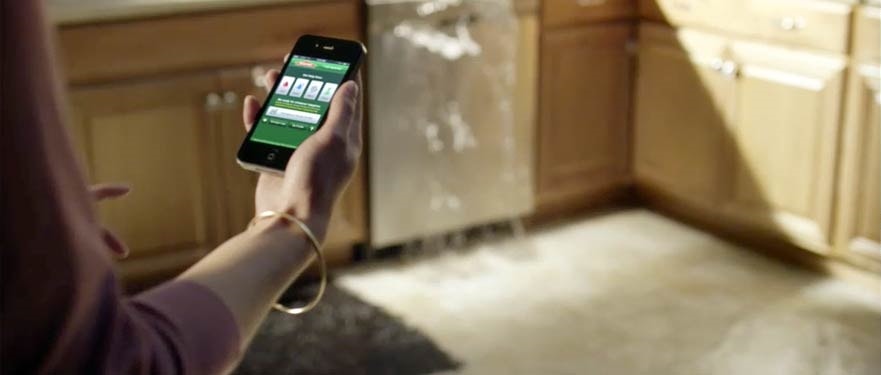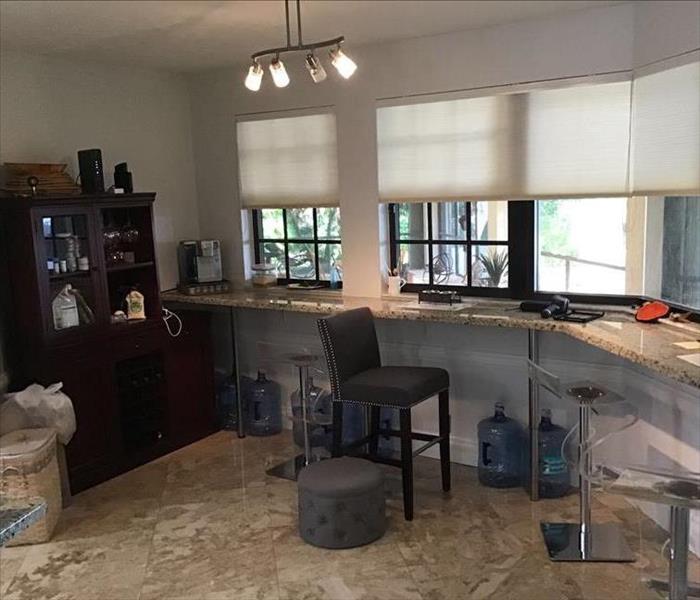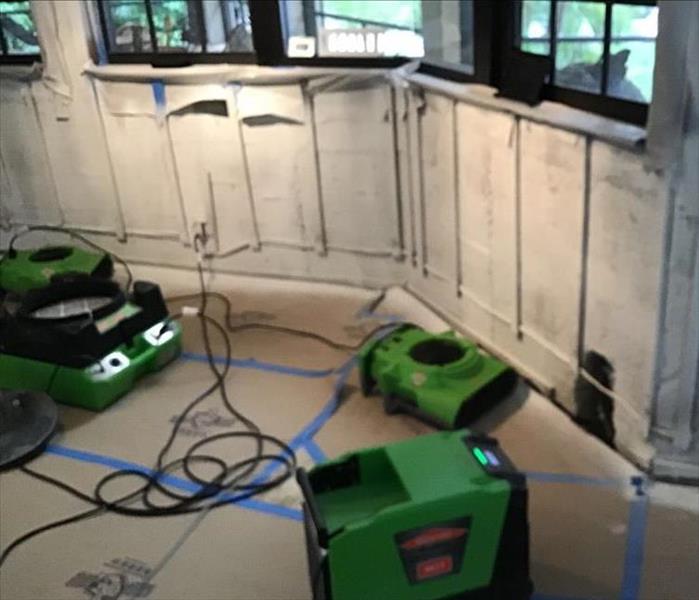
Water Damage Emergency Tips
What you can do until help arrives
Water Tips | Fire Tips | Biohazard Tips | Mold Tips
A Few Do's and Don'ts
The initial shock of water damage can be disorienting. Perhaps the thought is, "me?" We typically think about these types of things -- problems -- happening to other people. But, the statistics tells us otherwise. 37% of homeowners claim they've experienced water damage, the average life span of a washing machine hose is 8.7 years, and about 14,000 people a day experience some sort of water damage event, either at home or work.
The point is: water damage happens regularly.
Regarding your initial response there are two important words to remember, demeanor and action. It's important to remain calm and remember that water damage can be addressed. And, it's important to take action. The longer water damage is allowed to sit and fester the greater the damage becomes.
Below our SERVPRO team has put together tips to help you think through next steps.
Have A Water Damage Emergency? Call (954) 384-6653
What To Do After Flooding
- Remove excess water by mopping and blotting.
- Wipe excess water from wood furniture after removal of lamps and tabletop items.
- Remove and prop wet upholstery and cushions.
- Place aluminum foil or wood blocks between furniture legs and wet carpeting.
- Turn air conditioning on for maximum drying in summer.
- Remove colored rugs from wet carpeting.
- Remove art objects to a safe, dry place.
- Gather loose items from floors.
What NOT To Do After Flooding
- Don't leave wet fabrics in place. Hang furs and leather goods.
- Don't leave books, magazines or other colored items on wet carpet or floors.
- Don't use your household vacuum to remove water.
- Don't use television or other household appliances.
- Don't turn on ceiling fixtures if ceiling is wet, and keep out of rooms where ceilings are sagging.





 24/7 Emergency Service
24/7 Emergency Service


